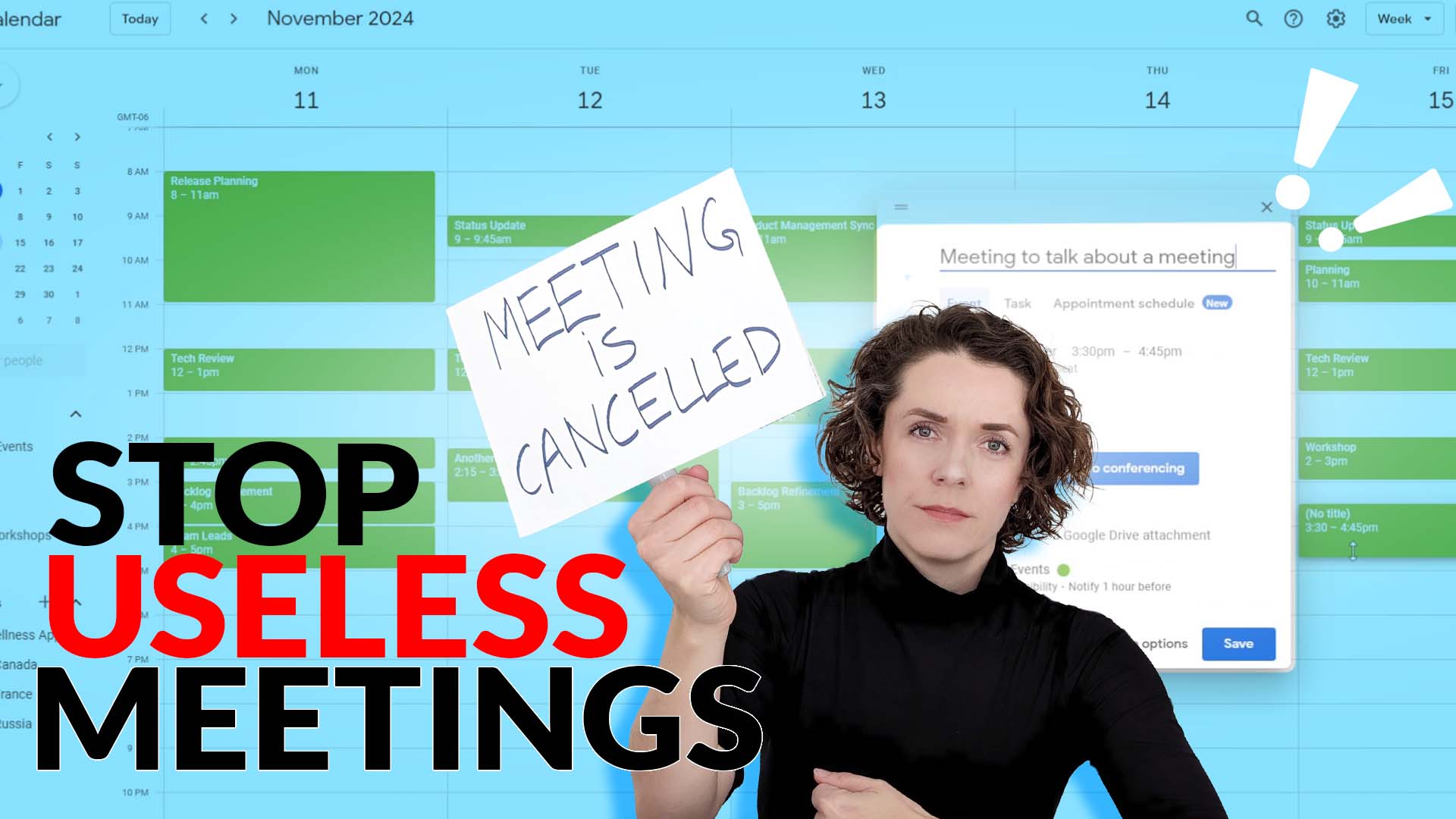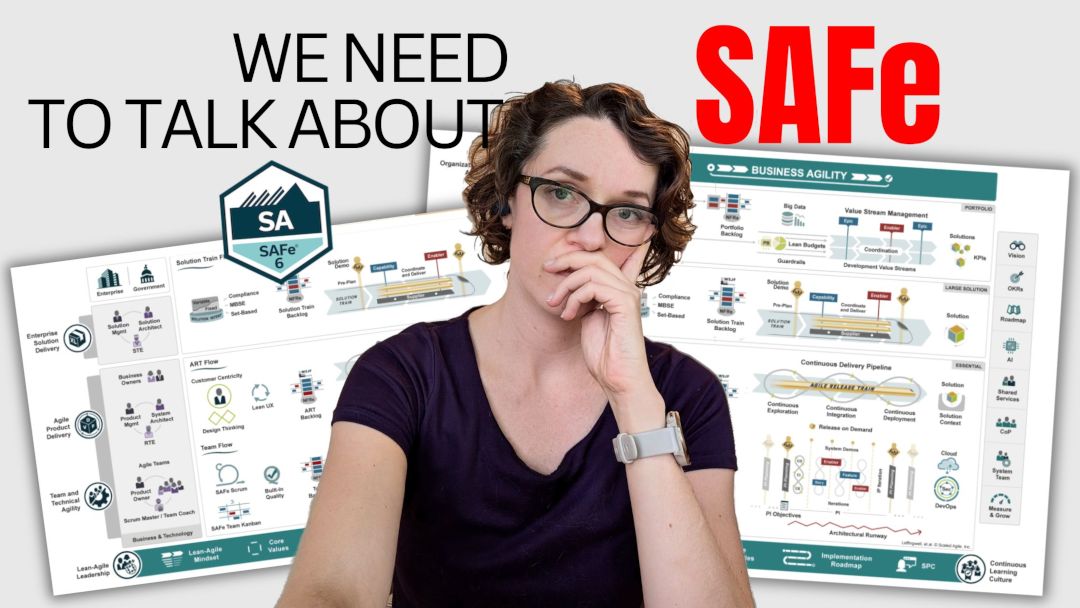Scrum has many rules... or does it? Many teams believe that Scrum is too complicated and too strict. They feel stuck in meetings and forced to use tools and practices they don’t like.
That is, of course, a problem!
But there is one important “secret” I have to tell you: not everything that Scrum teams all over the world implement is actually Scrum 🤫. Tell as many people as you can.
What do I really mean by that?
The thing is that lots of tools and practices that are naturally associated with Scrum are just complimentary to the framework. You don’t have to use them if they don’t work for you.
Some examples of these are: the Definition of Ready (not the Definition of Done), three questions in Daily Scrum, Backlog Refinement meetings, velocity, user stories, etc.
If your team is struggling with the Scrum rules, you can do something about it (there’s almost always something to do). In my video, I talk about three steps you can take to help your team implement Scrum in a more effective way.
What’s the worst that could happen?
Just to recap what I said in the video, if you keep forcing unnecessary tools and practices that don’t work for your team you will end up getting to these results:
- Your team is feeling that there are too many rules in Scrum, too many processes, and it’s not very flexible when it comes to how to do the work.
- The implementation is getting so complex that instead of making the team’s life easier, it creates impediments.
- Some practices aren’t even working for your team and your situation which negatively impacts effectiveness of the team.
- Essentially, your Scrum implementation becomes useless – it doesn’t bring any benefits, only pain points.
Get the rules of Scrum straight
It’s extremely important to understand what is required by Scrum, and what is not.
Go back to the foundations of the framework, it’s values and principles, the key elements.
- In Scrum we have five Events: Sprint Planning, Daily Scrum, Sprint Review, Sprint Retrospective, and the Sprint itself as a container for other events. Every event has a clear purpose, its place in the Sprint, and a timebox. Scrum doesn’t tell us how to run any of the events and how to make it productive.
- Then we have three accountabilities / Roles: Scrum Master, Product Owner, and Developers. In the same way, every person in a Scrum Team is accountable for something very specific. However, Scrum doesn’t explain how each role can achieve their purpose, or what tools they need to use.
- And lastly, we have three Artifacts: Product Backlog, Sprint Backlog, and the Increment. Scrum is very specific about why they exist and their primary characteristics, but doesn’t tell us how to manage these artifacts.
Don’t overcomplicate Scrum. It’s not supposed to create more complexity.



